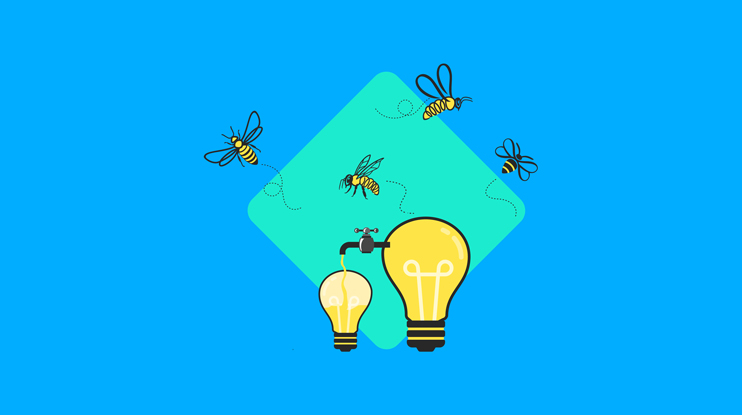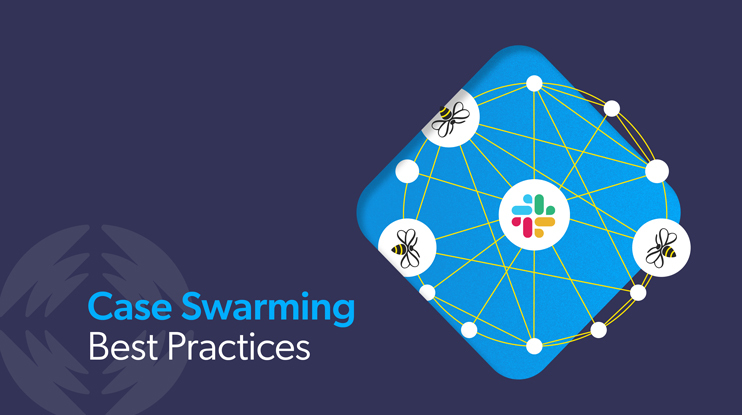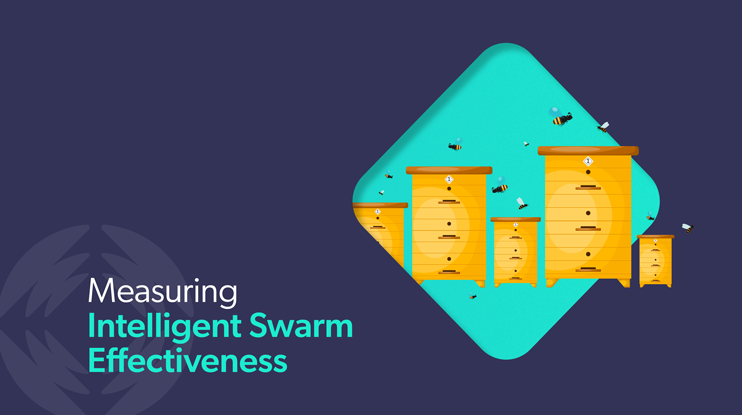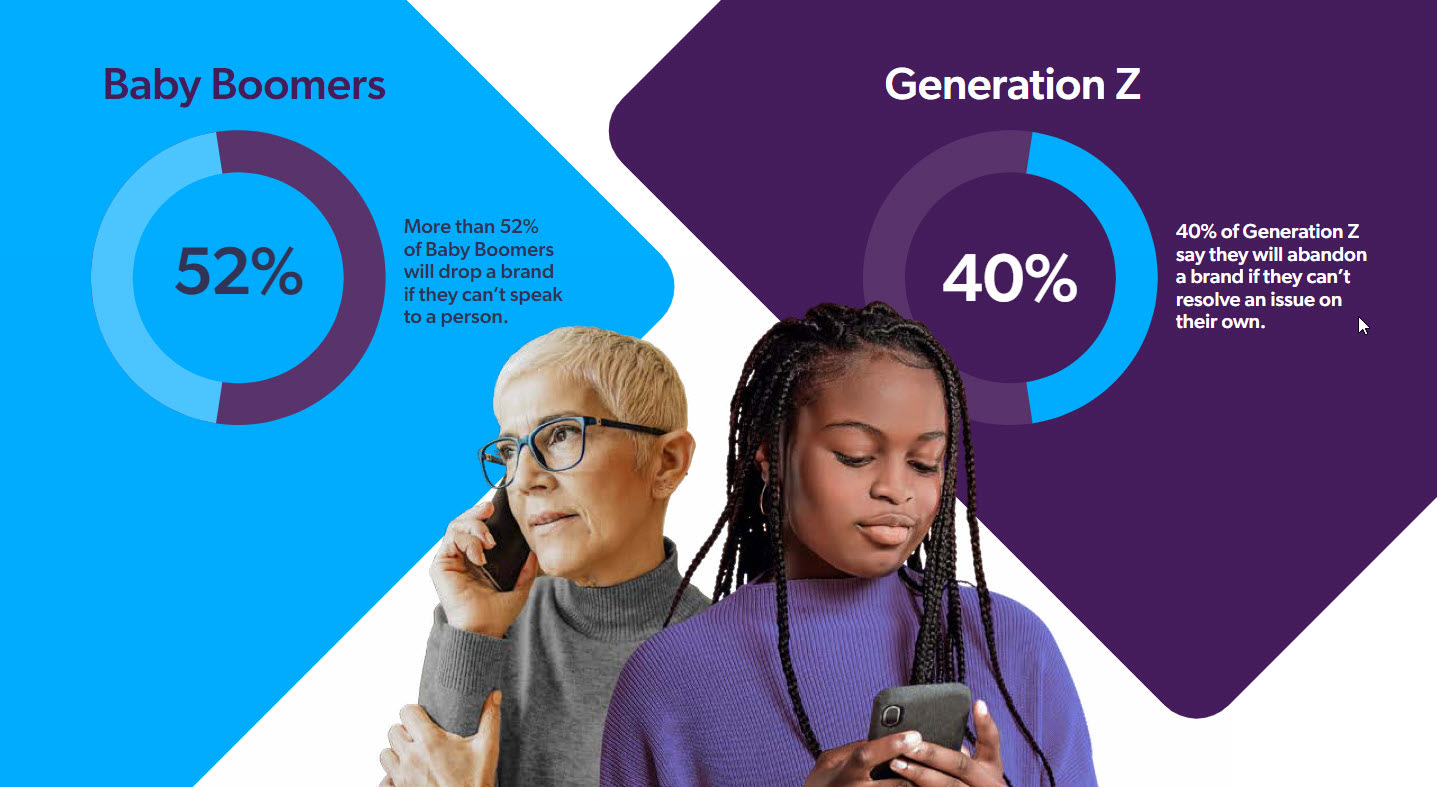In a world where immediate service is the expectation, your customers demand seamless support. The repercussions of falling short are clear — 56% are ready to switch to a competitor without expressing their dissatisfaction. IVR systems, self-service channels, and chatbots play a role, but when customers reach your support team, frustration peaks, necessitating rapid resolution.
Service desk agents, grappling with increasingly intricate cases, bear the brunt of these challenges. As routine queries are handled through automated means, their workload shifts to handling the toughest issues. While fortifying self-service options alleviates some pressure, it’s crucial to acknowledge that incoming calls represent the most complex problems.
Given this scenario, the key question arises: should your service team adhere to the traditional tiered support model or embrace the dynamic swarm support model?
What Is Tiered Customer Support?
In a tiered support model, cases are moved from generalist agents to specialist team members in increasing steps.
Tiered support works like this: customers contacting the help desk are ushered to a tier 1 support agent. This agent handles most of the known, most common issues. If it’s a more complex issue and tier 1 support can’t resolve it, the incident is escalated to the next level of specialist on the team with more expertise to offer.
Customers rise through the ranks of knowledge until they get to the person who can resolve the incident. Most organizations use a tiered approach that caps at three or four levels, though five-tier customer service teams aren’t unheard of!
Pre-self-service and pre-on-demand everything, tiered support worked. Generally speaking, most questions were basic ones that the tier 1 service desk agent could answer. The upper-tier agents were fed only the new or complex cases. The majority of customers left satisfied after one call, with only a handful needing a bump up the ladder.
What Are the Disadvantages of Tiered Support?
Self-service and other service management technology like IVR and chatbots now deflect many basic calls. Tiered support falls apart.
The easy stuff’s been answered already. More customers need to move beyond tier 1 and get bounced up the chain. With all the shunting between tiers, customers end up frustrated. Escalation is time-consuming. Because there is little collaboration between tiers, customers must repeat their story over and over with each new agent they reach.
Add to that, some of those customers would rather not be speaking with a customer support agent to begin with. Some customers prefer talking with a human agent. (52% of baby boomers say they’ll drop a brand if they can’t speak to a person to solve an issue.) But 40% of Gen Z say they will abandon a brand if they can’t resolve an issue on their own.
Your support team feels the pain, too. Tier 1 agents do little more than ask the same repetitive questions and forward calls up the chain. Agents at lower tiers don’t get a chance to develop their skills or learn new ones via training or collaboration with specialist team members. Meanwhile, higher tiers end up feeling overwhelmed with higher volumes than expected.
That’s a major blow when it comes to employee satisfaction… And when employee satisfaction falls, so too does customer success and customer satisfaction.
How Does Intelligent Swarming Work?
Case swarming disrupts this three-plus decade legacy of customer service management — with good reason. It can also be called the swarm model or an Intelligent Swarming ℠ model.
Termed by the Consortium for Service Innovation, intelligent swarming unites service agents with experts, allowing them to collaboratively address customer requests or issues. This approach ensures that a customer’s interaction remains streamlined, eliminating the need to pass them from one tier to another.
The agent, however, is not working in isolation to resolve the issue. Instead, they form a team with colleagues possessing diverse skill sets, engaging in collective problem-solving. Subsequently, the agent conveys the solution to the customer, and this resolution is documented and shared — akin to a framework like Knowledge-Centered Service, or KCS — with other agents and customers who might encounter a similar issue.
Go even further, and you’ll find service organizations using intelligent, AI-powered matching to help agents find experts with the right mix of interest, skills, and knowledge to provide the necessary technical support or solve a specific incident.
What Does Swarming Mean For Customer Service?
This collaborative support model is a perfect approach for those increasingly complex cases because it considers the talents of your customer service team. It also enables collaboration with other swarm members and subject matter experts across areas like finance, product, operations, sales, legal and more. Particularly difficult cases may be brought to a backlog swarm, a collaborative space that brings together experts across departments.
No longer is your service team compartmentalized, where those at the “top” of the hierarchy feel they’ve moved “beyond” customer interactions. Instead of knowledge being hoarded away in departmental silos, it is stored in the cloud, available to any team member who wants to grow in their roles or for future self-service content development. Agents working within the swarm model have more… well… agency over their roles. They’re free to choose what challenges they’d like to tackle, what they’d like to learn more about, and how they’d like to grow within the organization.
Customers win, too, because they don’t bounce between agents. Instead, customers interact with just one point of contact — and are more likely to get an answer the first time, without all the waiting, queueing, and repetition.
It’s no wonder companies like Salesforce are adopting (and sticking) with the swarm model over tiered support. The Technology and Services Industry Association (TSIA) reports that 30% of its members currently use case swarming, a number that’s grown more than 8% in the past year.
Tiered Support vs Swarming: Which Will Suit You?
Fifteen years ago, customer service simply wasn’t backed by the kinds of tools we have available today. But with service innovation around advanced collaboration and AI, service is shifting quickly. Particularly when it comes to cracking that difficult nut: delivering quality service at scale, the way customers want it, without wasting their time.
Let’s illustrate that in the context of Knowledge-Centered Service, or KCS.
In a tiered support model, all that juicy knowledge about complex cases and never-been-seen-before issues gets locked away in silos. In a silo, it may never be captured and used to improve your self-service content or internal knowledge database. If you don’t have a way to surface those solutions, they’ll never serve your support team in the future when the same issue pops up again.
Beefing up your self-service channels to deal with the increase in upper-tier cases isn’t in the cards, either. If you aren’t connecting all of your relevant data — including case information and resolutions — you’ll struggle to identify where your team members need a boost, much less provide content that’ll help customers solve their own issues.
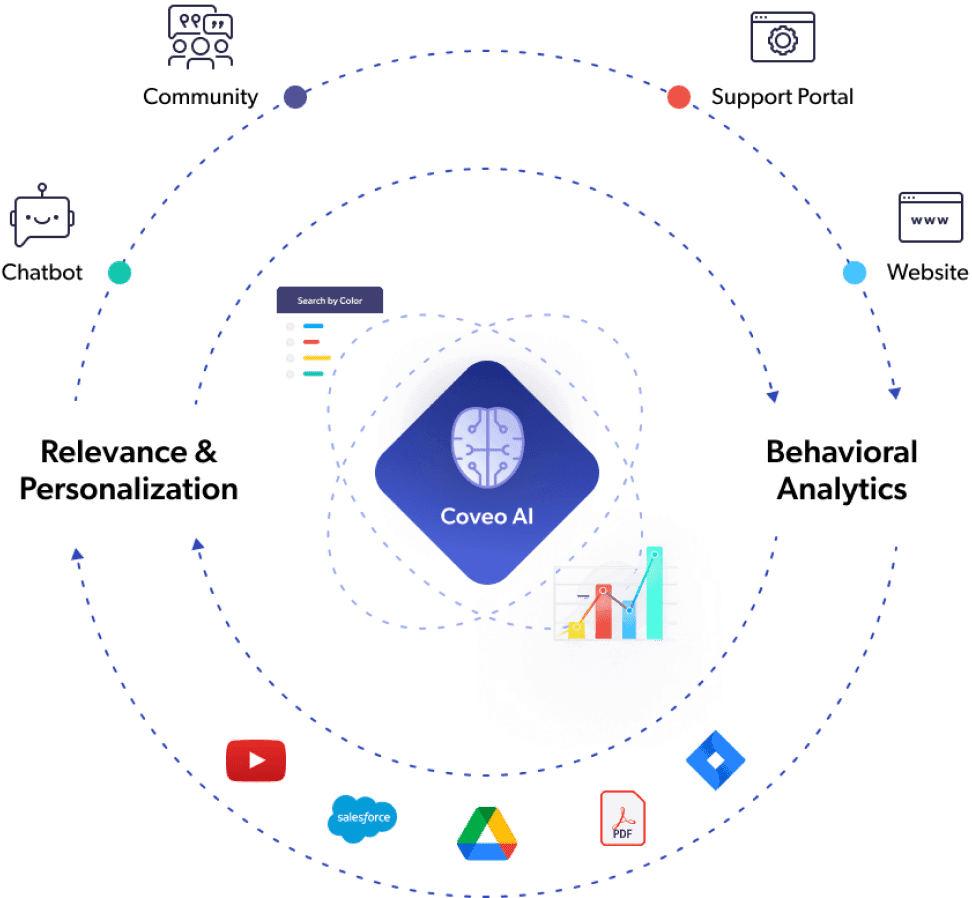
Connecting Agents and Knowledge for Customer Satisfaction
On the other hand, within an Intelligent Swarming model, Slack and search make for a powerful duo that allows for the creation and maintenance of organizational knowledge base. Here’s how they work together to make customer service more effective:
- Slack connects agents with expertise from around your organization. When team members need assistance with customer issues, they have immediate access to the people with the right knowledge. A quick back-and-forth later, and the agent has the answer they need.
- AI-powered search then indexes those conversations, so the next agent who looks up that issue on your knowledge database can access that conversation and get their answer right away. Not only that, but connecting information about resolved issues from Slack with your knowledge database can help you build stronger self-service content.
No black holes of knowledge. No frustrated customer support agents. And no (well, fewer) cranky customers.
Is There a Happy Medium with Case Swarming vs Tiered Support?
Surprisingly, there is. When fundamental case swarming isn’t the answer, a hybrid support organization is one solution. It uses the best parts of tiered support and swarming.
Here’s how it works:
- A traditional tier 1 agent takes the initial call, and if it’s a basic question, it gets answered right away.
- If not, that agent gathers information, routes the case through to a swarm, and then acts as a middle person between the customer and the swarm members.
There’s still friction, though it’s less than you’d get in a fully-tiered system. But that doesn’t solve the issues of satisfaction or speed. Customers are still left waiting for answers, and tier 1 agents are still limited to repetitive work with few professional development opportunities.
Injecting Intelligence into the Swarm
To be truly effective, your swarming model needs to be intelligent. That means it’s backed by technology like:
- Swarmer identification and intelligent case assignment that understands who your agents are, what the customer issue is, and funnels cases through to only the support agent whose profiles are best fit to answer
- Knowledge management that wraps around all of your most valuable troves of knowledge, including real-time conversations on platforms like Slack.
- Unified search that surfaces only the most relevant information to your customers when they’re looking to self-serve — and to your agents when they’re checking their knowledge database.
The Intelligent Swarming methodology, while certainly innovative and effective, isn’t a cure-all. It also isn’t perfect for every company and every situation. Making the move from a tiered support model to an intelligent swarm requires quite a shift in terms of company culture, workflow, processes, technology and more.
But when your customers and agents can access the support they need with the same minimal effort that it takes them to choose a movie to watch, you’ll see the benefits first-hand.
Dig Deeper
When evaluating new models, it’s important to establish success metrics early on. But how do you measure something that’s a fundamental change to how you used to do things? We detail what to track in How to Measure the Effectiveness of Your Intelligent Swarm.
And if you’re looking for ways to offer better self service? Check out our research-backed tips for building an effective case submission process, one that bakes in case deflection.
And if your company uses Slack, you should think about looking into indexing all of that valuable conversational content .
*Intelligent Swarming℠ is a service mark of the Consortium for Service Innovation™.




